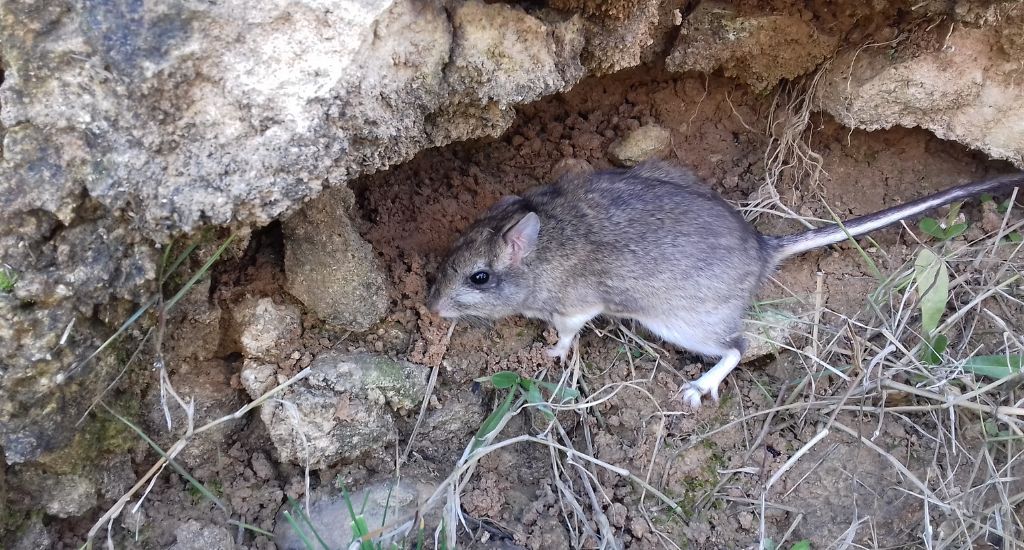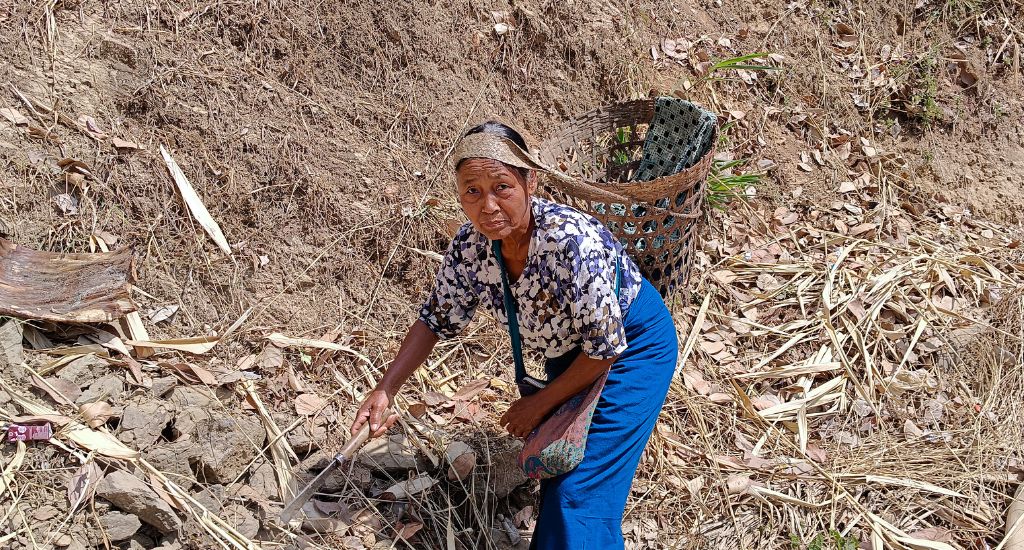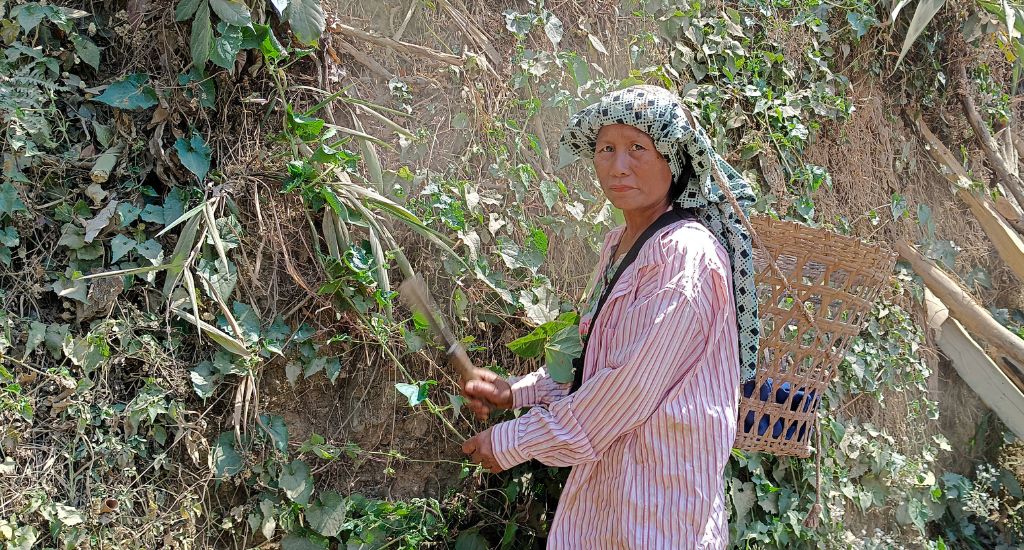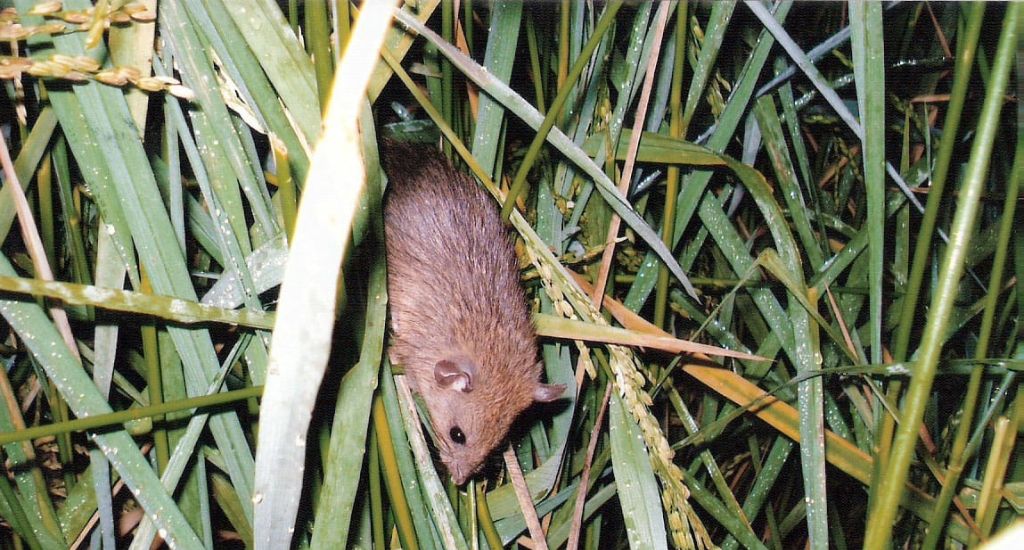
Mizoram farmers caught in ‘rat trap’
Ahead of a new bamboo flowering cycle, rats are attacking fields in Mizoram, destroying crops in several acres as farmers and officials struggle to contain the problem.

Ahead of a new bamboo flowering cycle, rats are attacking fields in Mizoram, destroying crops in several acres as farmers and officials struggle to contain the problem.
Rimawi lives in Rengtekawn village of Kolasib district, around 80 km from Aizawl, the capital of Mizoram. The 55-year-old farmer shudders while recounting the horror she faced last year when rodents destroyed her paddy crop.
“I still shiver when I think of the days when rats ravaged through the entire one hectare of my agricultural field. I suffered severe losses,” Rimawi said. “The paddy was ready for harvest but rats nibbled everything away.”
While farmers everywhere lose some of their crop to rodents, the farmers in Mizoram lose enormous amounts to the little vermin.
Rimawi’s neighbour, Tuatling, 67, also suffered similar plight and lost her entire crop to the rodent attack that broke out last summer, peaking in August and September.

But the trauma is not yet over for the farmers. Rodents continue to damage the crops and it’s a daunting task to chase or kill them.
“I am too old to capture them. They continue to wreak havoc in my field and it is difficult to sow new crops as I fear losing the crops to the rats again,” Tuatling said.
According to the state government, the rodent attack that broke out last year affected eight of the 11 districts in the state. As much as 2,887.45 hectares of the total crop area of 4,251.39 hectares was destroyed in the assault, affecting 3,084 farmers, the government officials said.
The most severely hit were Lunglei, Mamit and Hnahthial districts where almost 2,800 farmers from 69 villages were affected. The rats damaged 2,159 hectares of cropland in these three districts.
Senior government officials suspect that the latest assault could be an indication of the flowering of ronal, a new bamboo species.
The onslaught of rodents is not uncommon in Mizoram as the state has a bamboo flowering cycle and the rodents’ attack begins a few years before the flowering.

Twelve species of rodents are commonly found in the state, with Rattus rattus, Rattus nitidus, Mus nagarum, Rattus exulans and Chiropodomys gliroides being the common ones.
The state also has eight important species of bamboo. Mautak (Melocanna baccifera), phulrua (Dendrocalamus hamiltonii) and rawthing (Bambusa tulda) follow regular flowering and fruiting cycles.
The flowering, fruiting and dying cycle of mautak bamboo is called mautam while that of the rawthing is known as thingtam. The gap between the cycles is more than a decade.
The last time mautam was recorded in the state was 2007 while thingtam happened in 1977 which was a famine-like situation.
“The rats love the bamboo flowers and while eating these blooms, they damage the crops too. Several hectares of the crop were destroyed in the latest attack,” James Lalsiamliana, director, directorate of agriculture, said.
Lalsiamliana pointed out that the government swung into action and distributed rodenticides (poison for rats) for free to the farmers.
“The rat poison was wrapped in the food items that rats like to eat. We managed to kill most of them,” he said.

J. Rothanga, joint director at the directorate of agriculture, said that some rats could still be in the field as it is not possible to kill all of them.
“They hide in burrows and it often becomes difficult to nab and kill them. But we are working with the farmers, trying our best to eliminate them and the situation is under control,” Rothanga said.
Veterinarians say reproduction is fast in rats and it’s difficult to kill them completely.
“The gestation period of rats is just 21-24 days and therefore it is very difficult to eliminate them. It’s a daunting task to control them once they start wreaking havoc,” said Sanjoy Datta, assistant professor at the West Bengal University of Animal and Fishery Sciences.
The lead image shows a rat in a paddy field in Mizoram (Photo from Canva)
Gurvinder Singh is a journalist based in Kolkata.